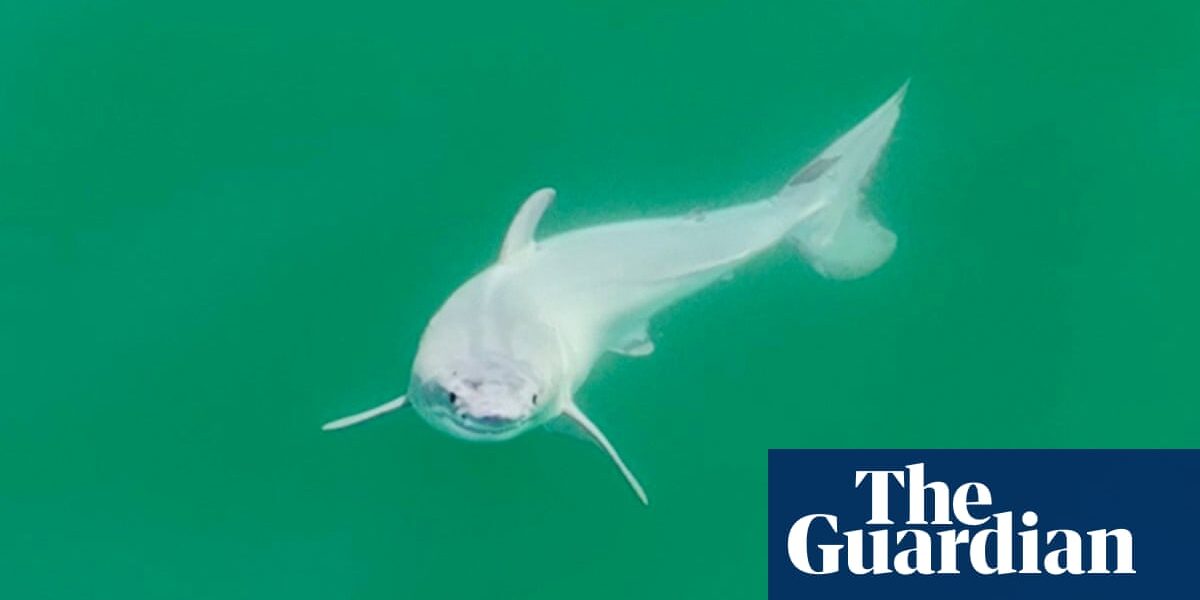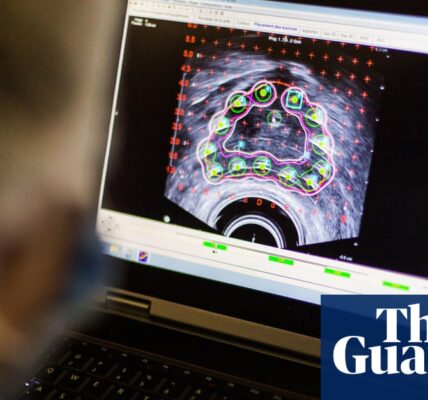A team of researchers may have successfully captured the first photograph of a newly born great white shark, often referred to as the “holy grail” of shark research.

A newborn great white shark was potentially observed for the first time by researchers in California through drone images obtained last summer.
A newborn creature, never seen before in its natural habitat, was recently observed by Carlos Gauna, a wildlife filmmaker, and Phillip Sternes, a doctoral student in biology at the University of California, Riverside. They caught a surprising sight in the waters near Santa Barbara on California’s central coast during the month of July.
Gauna’s aerial camera recorded footage of a juvenile great white shark measuring approximately 5 feet in length. Its coloration was pure white, which is not typical as these sharks are usually white on their underside and gray on their back.
According to a statement from the university, Sternes observed that as the animal swam, the images were magnified and slowed down, revealing that a white layer was being shed from its body. It is believed that this was a newborn white shark shedding its embryonic layer.
Sternes and Gauna, renowned for their viral shark videos on YouTube, published their research in the Environmental Biology of Fishes journal this week.
The authors of the article note that the translucent layer on the shark’s skin may have been caused by a skin ailment, but they argue that it was most likely a newborn great white. They observed that the animal was the appropriate size for a newborn shark and had similar characteristics to embryos close to birth.
According to Gauna, he had previously witnessed pregnant great white sharks in the vicinity and recently discovered a newborn shark during the typical time period for birthing pups. In the statement from the university, he referred to this discovery as a significant achievement in shark research. Until now, the birthplace of these sharks has been unknown and a live newborn has never been observed.
The animal they recorded is believed to have been only a few days or hours old.
According to Sternes, while there are many hypothetical locations, there has been no observation of a shark giving birth or a newborn pup in the wild despite the high level of interest in these creatures. This discovery could potentially be the first proof of a pup being born in the wild, solidifying this area as a definite birthing site.
Most experts in the field expressed their praise for the discovery in response to CNN, describing the observation as “extremely important.”
Source: theguardian.com


